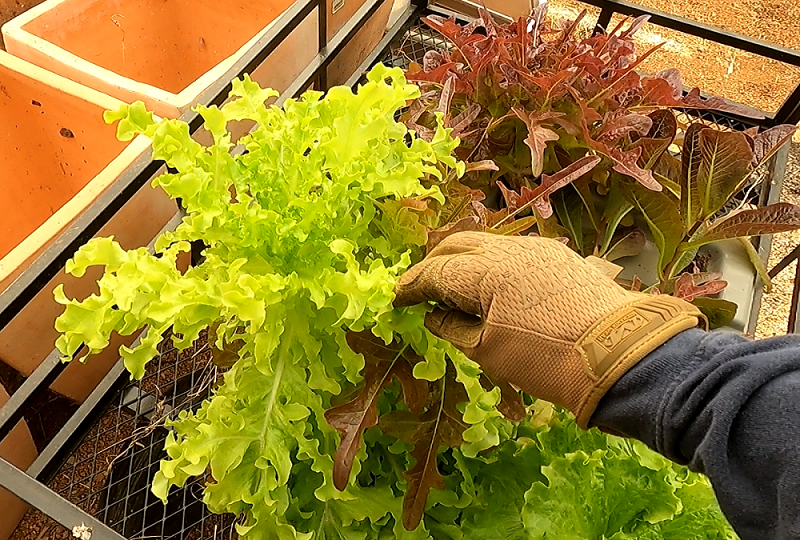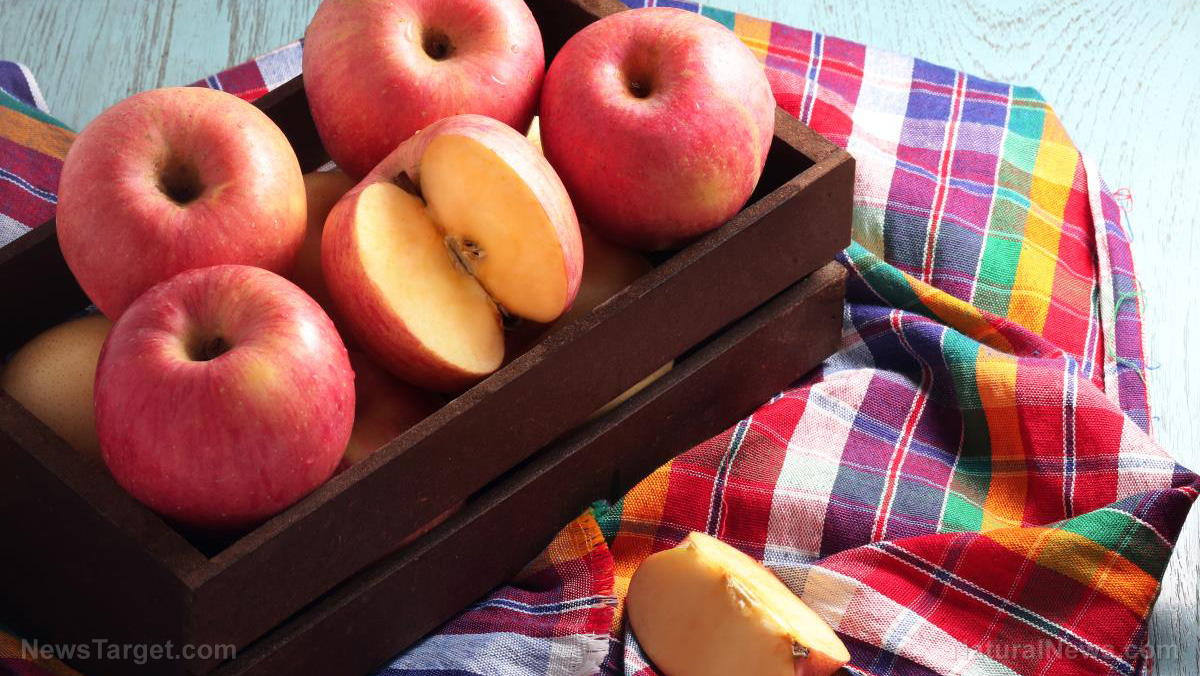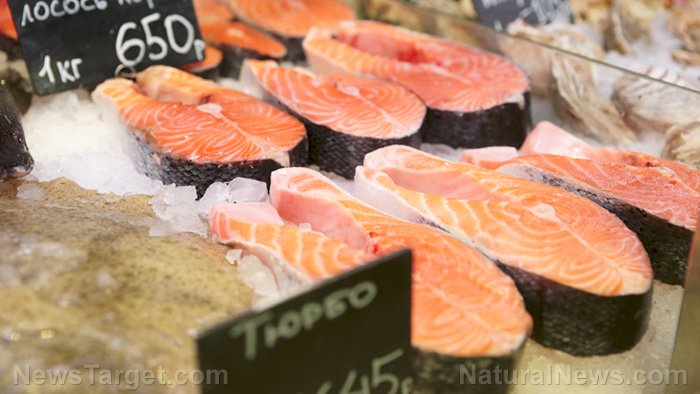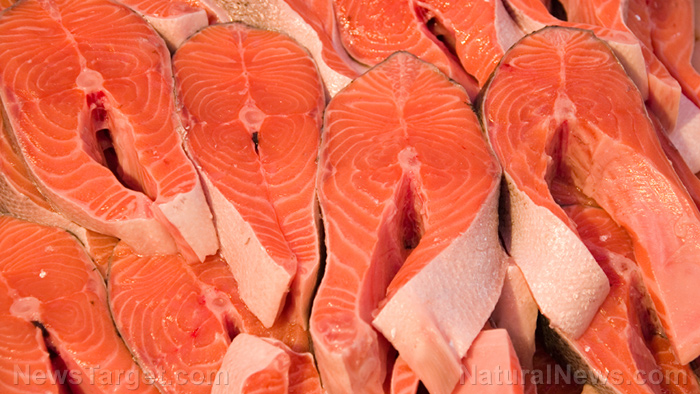Here are the healthiest fruits you can eat that are low in sugar
11/24/2018 / By RJ Jhonson

Fruits are, hands down, some of the best sources of vital nutrients on the planet. Some are even classified as superfoods because of their downright impressive nutritional profile. But when you take their sugar content into account, you will realize that not all fruits are created equal. Some contain far too much of the sweet stuff despite their health benefits. Some, like the ones on this list, need to be on your diet because not only are they nutritious, they won’t have much impact on your blood sugar levels either.
On glycemic load and the glycemic index
People who are watching their sugar intake turn to the glycemic index and to glycemic load to determine which foods are good and which ones need to be avoided. The glycemic index (GI) ranks foods from 1 to 100 based on their impact on your blood sugar. The lower the food’s rank, the less likely it will cause spikes in blood glucose levels.
The American Diabetes Association rates GI scores as follows:
- Low: 55 or below
- Moderate: 56 to 69
- High: 70 and above
Diabetics are advised to eat foods well within the moderate and low GI scores and limit or avoid the ones with high scores.
Another measure used for determining the impact of sugar on your health is glycemic load (GL), which takes into account the level of carbs relative to the food’s GI score. Some consider it more realistic than the GI as a measure of sugar’s real-life impact. It is rated as follows:
- Low: 0 to 10
- Moderate: 11 to 19
- High: 20 and above
Based on these measurements, these are some of the healthiest low-sugar fruits you can find.
Strawberries
These red berries are known for their sweetness, but did you know that strawberries are considered safe even for diabetics? They are rated 41 in the glycemic index and a mere three in terms of GL. Strawberries are also packed with dietary fiber, antioxidants, more vitamin C than an orange, and other health-giving minerals.
Grapefruit
With a GL of only 3 and a GI score of only 25, grapefruit seems like a diabetic person’s dream fruit. A single serving even gives you 100 percent of your required daily intake of vitamin C. However, grapefruit has one terrible secret: it reacts weirdly to specific medications. If you are taking prescription drugs, you need to confirm with your doctor if it’s safe to consume anything with grapefruit, even its juice.
Avocados
Despite what you may think about avocados, they are some of the best fruits for sugar-conscious people. They have a GI score of just 15 and a GL of 1. Avocados are remarkably satisfying, helping you curb your cravings, and are full of good fats that help protect your heart and lower your cholesterol levels. Their phytochemical content also prevents oxidative stress from damaging your cells.
Plums
With a GI score of 40, you may think plums are bad for you. But because of how small they are, they have a GL of only 2. Their size, however, belies their nutritional content, which includes vitamins A, C, and K, antioxidants, and minerals like potassium, copper, and manganese. Thanks to their fiber content, they make for a delicious, filling snack, too.
Raspberries
Like most berries, raspberries are filled with nutrients, antioxidants and other plant compounds that support good health and protect you from diseases. To top it all off, raspberries are ranked just 32 in the glycemic index and have a GL of only 3.
Blackberries
These deep-colored berries have a GI score of 25 and an equally low glycemic load. It is known as a superfood, thanks to its wealth of antioxidants, vitamins, minerals, and other health-boosting compounds. The characteristic dark hue of blackberries indicates the presence of anthocyanins, blue plant pigments that have powerful benefits for the heart and brain.
Apples
Apples are fairly sweet, but it doesn’t mean you have to avoid them altogether. They have a GI score of only 39 and a GL of 5. Apples are a great source of vitamins and minerals and their peel has plenty of dietary fiber that keeps you and the friendly bacteria in your gut full and nourished. A tip: You’d be better off eating an apple than drinking its juice – you get the same nutrients but with less sugar this way.
Peaches
Peaches are quite sweet, but their GI and GL scores are safe for diabetic people, being 42 and 5 respectively. Peaches are an excellent source of important nutrients, offering a wealth of vitamins, minerals, and antioxidants with every serving. Added to all these is its versatility – it isn’t at all bad when paired with almost any other fruit, making for a delicious, satisfying, and healthy snack.
Oranges
Oranges are known for their impressive vitamin C content, as well as dietary fiber. But as with apples, it’s better to just eat oranges – roughage and all – instead of drinking the juice. An orange has a GI and GL score of 44 and 5 respectively, but in orange juice, these climb up to 52 and 13 respectively.
Having a condition like diabetes doesn’t have to hinder your enjoyment of certain foods. Learn of other low-sugar fruits at Fruits.news.
Sources include:
Submit a correction >>
Tagged Under:
apples, avocados, blackberries, blood sugar, Fresh, fruits, functional food, glycemic index, glycemic load, grapefruit, grocery, low-sugar fruits, Oranges, organics, peaches, Plums, prevent diabetes, Raspberries, Strawberries
This article may contain statements that reflect the opinion of the author
RECENT NEWS & ARTICLES
COPYRIGHT © 2017 RAW FOOD NEWS





















